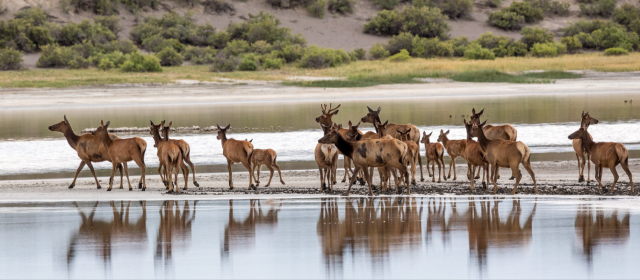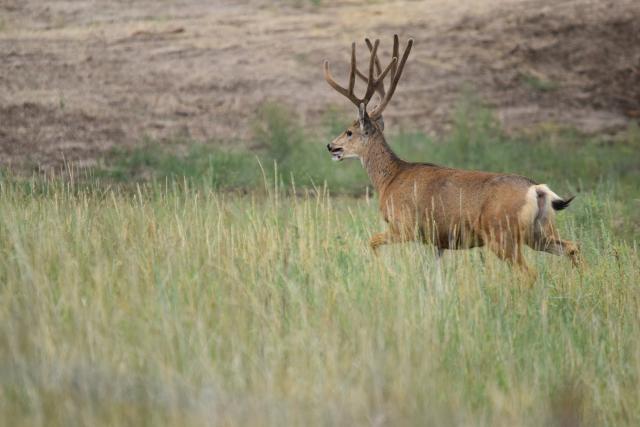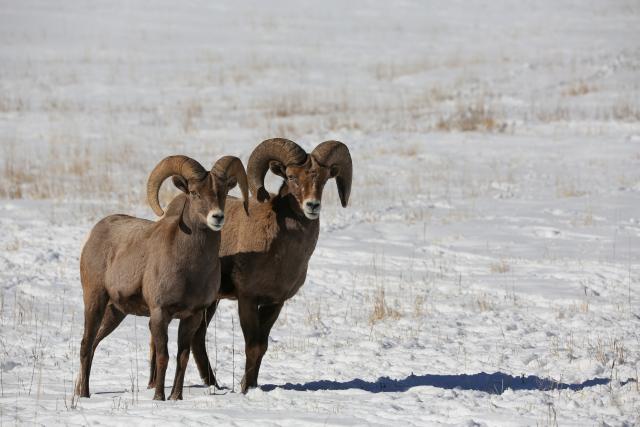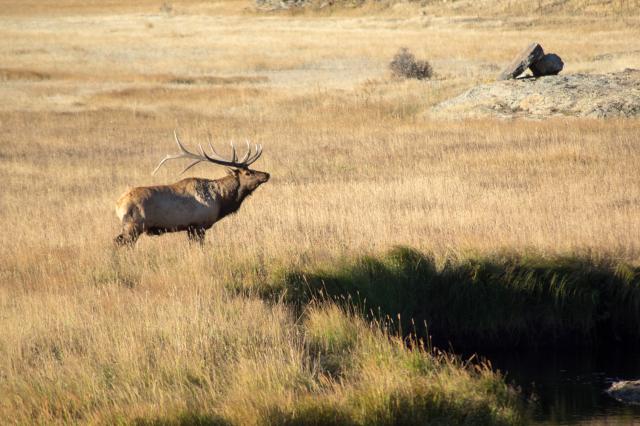Related Stories
- CANM Artist in Residence captures windows to the past
- Exploring the Campbell Tract Special Recreation Management Area: Flora, fauna, and volunteer opportunities
- BLM Colorado, Grand Junction Field Office host recreation summit
- Growing a Culture of Co-stewardship with Betsy Chapoose of the Ute Indian Tribe
- Yuma Field Office saves the day for nearby helicopter-aided conservation effort




